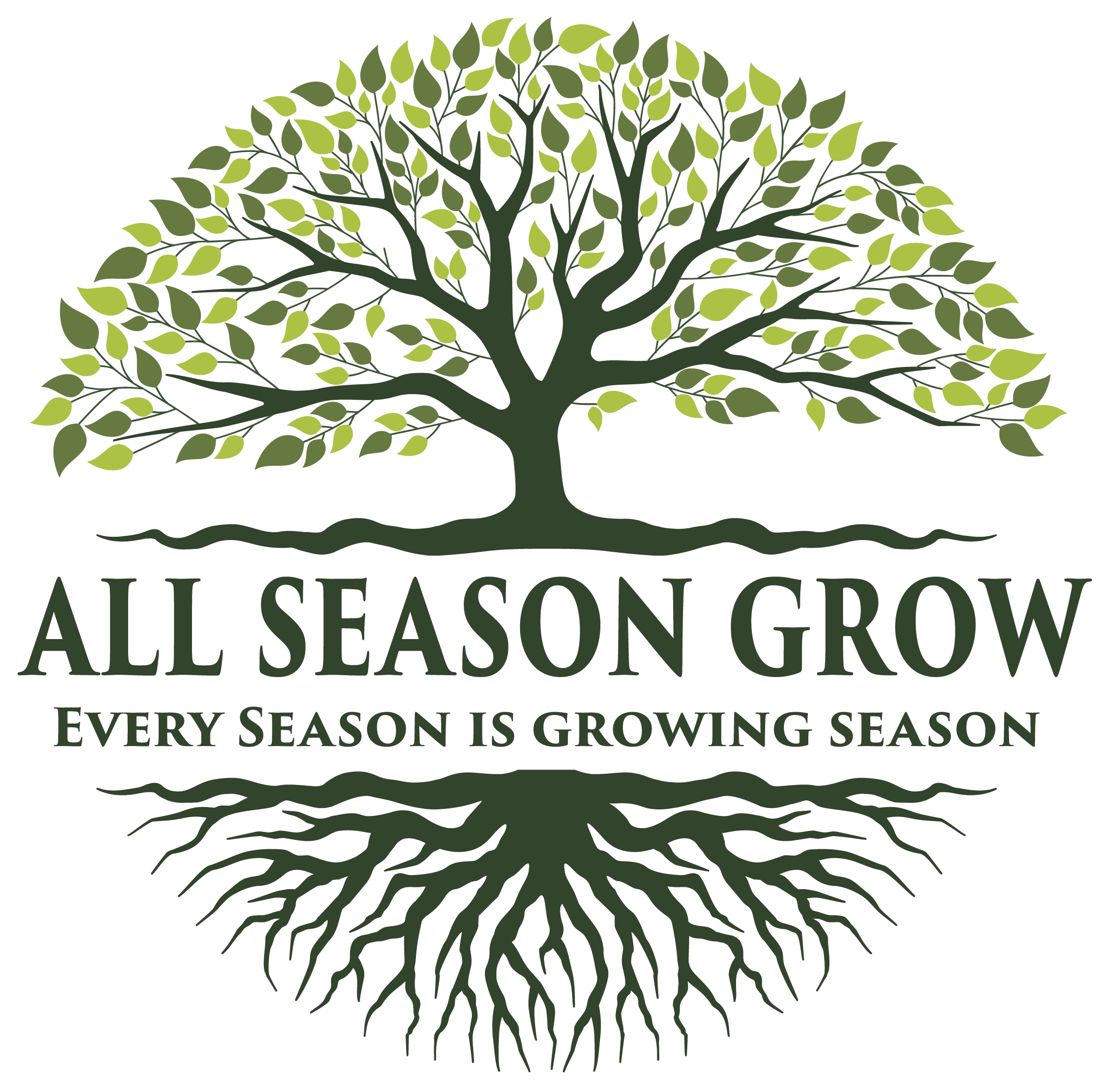This post may include affiliate links. We may earn a commission for purchases made using these links at no cost to you. Please see our disclosure to learn more.
Why Indoor Vegetable Gardening?
Understanding Indoor Vegetable Gardening Containers
–Types of Containers
Choosing the Right Container for Each Type of Vegetable
–Leafy Greens
–Root Vegetables
–Fruiting Vegetables
Container Material Considerations
–Plastic Containers
–Ceramic Containers
–Fabric Containers
Tips for Container Placement
Maintaining Your Indoor Vegetable Garden
Conclusion
FAQs
As a fervent indoor vegetable gardener, I’ve always believed that having your own garden isn’t just about the outdoor space. So you live in an apartment with no backyard? No problem! Indoor vegetable gardening is a fantastic alternative, and it’s where your choice of containers comes into play.
Why Indoor Vegetable Gardening?
Have you ever thought about why so many of us are turning to indoor vegetable gardening? Let’s delve into that.
Benefits of Indoor Vegetable Gardening
Indoor gardening allows us to cultivate our favorite vegetables all year round, irrespective of the weather outside. It’s also an excellent option for those with limited outdoor space. Moreover, it’s quite gratifying to harvest and consume veggies grown by your own hands, wouldn’t you agree?
Understanding Indoor Vegetable Gardening Containers
Before you start planting, it’s vital to understand the role of containers in indoor gardening.
Types of Containers
There’s a wide range of containers available, from pots and planters to baskets and boxes. Which to choose is often a question of personal preference, plant size, and the interior aesthetics of your home.
Characteristics of Ideal Containers
No matter which type you choose, the ideal container should have sufficient drainage and be large enough to support root growth. So, how do you pick the right one for each type of vegetable?
Choosing the Right Container for Each Type of Vegetable
Certain vegetables thrive better in specific types of containers.
Leafy Greens
Leafy greens like spinach and lettuce have shallow roots and do well in wide, shallow containers. They also grow well in window boxes, don’t they look lovely there?
Root Vegetables
Root vegetables like carrots and beets require deeper pots that can accommodate their root growth. A depth of at least 12 inches is ideal.
Fruiting Vegetables
For fruiting vegetables like tomatoes and peppers, larger pots that can support their extensive root system and heavy fruiting are essential.
Container Material Considerations
The material of the container can influence plant growth too.
Plastic Containers
Plastic containers are lightweight and retain moisture well. However, they can degrade over time.
Ceramic Containers
Ceramic pots are durable and offer excellent insulation but are heavy and can dry out quickly.
Fabric Containers
Fabric pots are breathable and promote healthy root growth, but they require more frequent watering.
Tips for Container Placement
Where you place your containers also plays a critical role. Always place your containers near a window with ample sunlight, as most vegetables require at least 6 hours of sun daily. Consider the weight of your container with soil and a fully grown plant as well. A hefty ceramic pot full of tomatoes might not be the best fit for a delicate glass tabletop!
Maintaining Your Indoor Vegetable Garden
After choosing the right containers and placing them appropriately, maintenance is the next step. Regular watering, proper fertilization, and pruning are essential for a thriving indoor vegetable garden. Rotate the pots occasionally for even exposure to sunlight. Watch out for pests too; even indoor gardens can have a bug or two.
Conclusion
Selecting the right containers for your indoor vegetable garden is a blend of understanding your plants’ needs and matching them with your living space aesthetics. With the right container choice and care, you can cultivate a thriving garden within the comfort of your home. Now isn’t that a leafy, green dream come true?
FAQs
- What size container is ideal for indoor vegetable gardening?
The size of the container largely depends on the type of vegetable you want to grow. Leafy greens can thrive in shallow containers, while root and fruiting vegetables need deeper pots.
- Can any container be used for indoor vegetable gardening?
Yes, but ensure the container has good drainage and is large enough to accommodate the plant’s root system.
- What material is best for indoor gardening containers?
There’s no absolute “best”. Plastic, ceramic, and fabric containers all have their benefits and drawbacks. The choice depends on your plant’s needs and your home’s conditions.
- How many hours of sunlight do indoor vegetables need?
Most vegetables need at least 6 hours of sunlight each day.
- How often should I water my indoor vegetable garden?
The frequency of watering depends on the type of plant and the container’s material. However, a general rule of thumb is to water when the top inch of soil feels dry to the touch.



